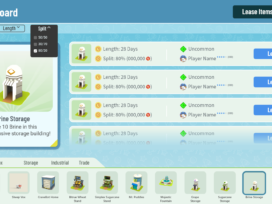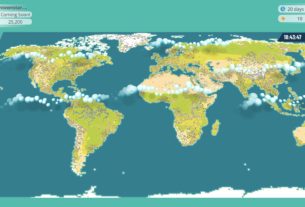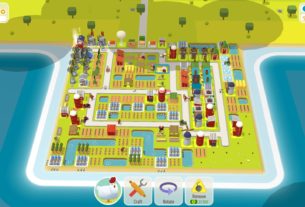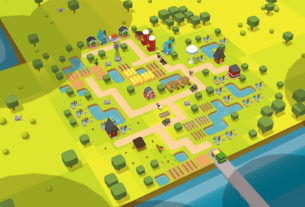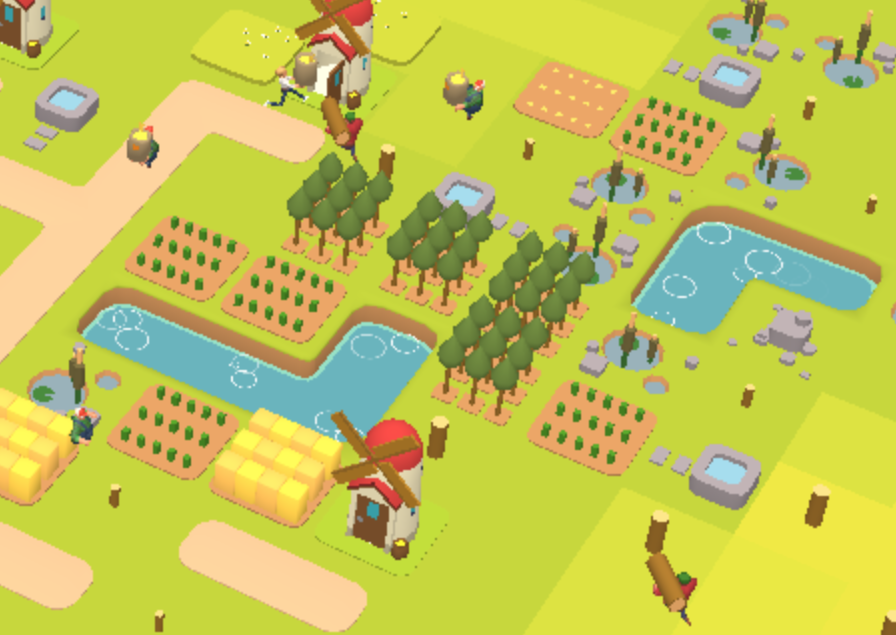
Crash Course on How to Farm in Town Star
In Town Star, farming is the heart of every player’s adventure. The first steps in producing high-dollar items like as uniforms and cakes are gathering and handling raw materials such as wheat, brine, and cotton. By farming fields alone, no player can hope to break into the top 100 ranks; nevertheless, beginning to generate money and points is only possible by farming fields.
Starting to Farm in Town Star – How it Works
Consider fields to be simple production structures. Fields produce a specific sort of crop when their demands for inputs are met. Each type of crop will have a set number of water that is needed and a timer that indicates when the next harvest will be. A silo is a structure where crops are stored after being harvested. They wait there to be sold or processed into more complex items, such as flour or sugar.
How Farmers work in Town Star
Your Farmers are the only individuals who work on your farms, apart from a few NFT helpers (such as SaltyBot and Mr. Puddles). Your farmers will make your farm more profitable by providing irrigation services for you. They’ll carry water from Wells and Wind Pumps to your fields and water them. When the crop has matured, it will be harvested by a Farmer and sent to the nearest Silo for storage.
Farm Houses need to be constructed near a dirt road at a minimum. A Farmer will be assigned to your town for each Farm House you construct. As you get going and expand, 1 or 2 Farmers can handle it at a time, but eventually, you’ll need several layers of production and a few Farm Tractors (the quicker version of the Farmer) to manage it all. When you see Farmers spending more time in their houses than working, it’s an indication that you have too many.
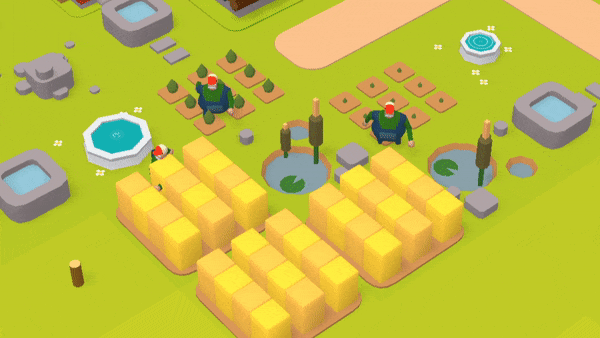
Crop Field Requirements
Every field has two primary requirements: water and time. Grape trees have an added need for wood in each round of production, however, they are a more advanced sort of farming since lumber is required to construct them.
Water Requirements
There are many different sorts of farms, each needing a distinct quantity of water to thrive. The following is a list of the least to greatest water demands.
- Wheat – 3 Water
- Brine – 3 Water
- Cotton – 4 Water
- Oak Tree Farm – 5 Water
- Tree Farm – 7 Water
- Sugarcane – 8 Water

Time Requirements
The yield of a crop is determined by the amount of time that has passed since the last irrigation. After a field has been watered, it begins a countdown to when it will produce its product. The requirements for each crop are different, but proximity influences such as shade and pollution also have an impact on when they can be harvested. That is why it’s critical to think about your farms in advance and place them in places where they’ll be most effective.
Ideal placement (or lack thereof) may be identified by clicking on a field while its producing. If the needle is in the red, that field is inefficient and will take longer to produce. If the needle is in the green, that field is operating at top speed.
Expert Advice and Tips
You should experiment with different field locations to see how important this factor is. You’ll find that much planning goes into deciding where to farm once you start experimenting with various settings. Here are some key things to bear in mind as you explore your new home. You can restart your town at any time through the Settings menu, so keep that in mind. Create a booming economy in Town Star that will wow your friends!
Grab your TOWN STAR NFTs, now available in the Store
Passive Water and how it Works
When your field is near a body of water, it will be watered automatically without the need for delivery. This is how NFT Fountains and Water Towers function in the game.
If you can position your fields near bodies of water, little or no water may be required by your Farmer. If all water is passively supplied to a field, the following crop will start growing immediately once the current one has been harvested. Sugar Cane is perhaps the most lucrative crop when Farming. This crop requires eight units of water to produce Sugar Cane, which can be supplied entirely passively through careful placement of Ponds, Fountains, and Water Towers.
For more information on being smart with water, check out the Watering Smart in Town Star Guide (coming soon)!
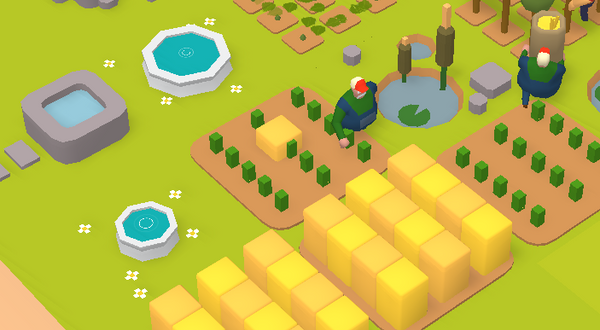
NFT Fountains let you water your crops and get TownCoin rewards!
Managing Crop Storage – Keep in mind that each crop you harvest will be stored first in a Silo, which has a limited storage capacity. If you produce too much of anything or grow things too rapidly, your Silo will fill up and you risk losing vital crops.
Gasoline is a valuable resource in the beginning, so you should not just give up your extra crops. Instead, strive to arrange your farm in such a way that you only produce what is required and sell only next-level goods. For additional information and recommendations on how to make the most of storage, see the Managing Storage Guide in Town Star guide (coming soon).
Consider your Terrain or Biome – There may be natural advantages to specific crops based on the sort of land you develop on. Brine evaporates at 10 minutes per type of soil, but it evaporates much more quickly near an ocean. Therefore, an ocean-facing biome will help with the Salt needed to produce Butter if you go the cake baking route.
Consider what crops you can grow with less water. If you have a lot of natural ponds on your property, consider using them to supply passive water to some of your more water-intensive crops.
For more guidance on your biome’s natural resources, check out the Town Star Natural Resource Guide (coming soon).
If your crops are being shaded from buildings surrounding them, they will grow more slowly. Your crops will also grow more slowly if there is shade from adjacent mountains. If you’re building near a mountain, remember that your farming activities should be carried out on the other side of the mountain’s shade. For more information on shade and windblock, check out the Proximity Effects Guide in Town Star.
Coping with Pollution – Pollution is unpleasant! Pollution has the potential to grind your farm activities to a halt, but its negative consequences may be limited by locating industrial buildings far away from your fields. For more information on pollution, check out the Town Star Pollution guide (coming soon)!
That is all there is to it. Hopefully, this tutorial has shed some light on the basics of farming and put you on your way to Town Star success!
Farming in Town Star is an essential skill, but it’s also difficult to manage. Luckily for you, this Farming Crash Course will provide all the information you need to succeed at farming and crafting goods that are sure to please you!! From passive water sources like fountains or ponds to managing storage silos- we’ve got your back with important tips on how to keep things running smoothly without any pollution or wasted crops. Remember these principles when starting out in town star so you can avoid common mistakes made by new players. If there’s anything specific you want help with, don’t hesitate to reach out with comments or questions.


